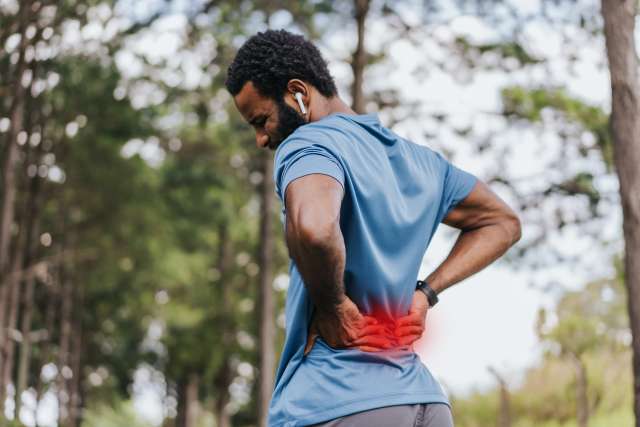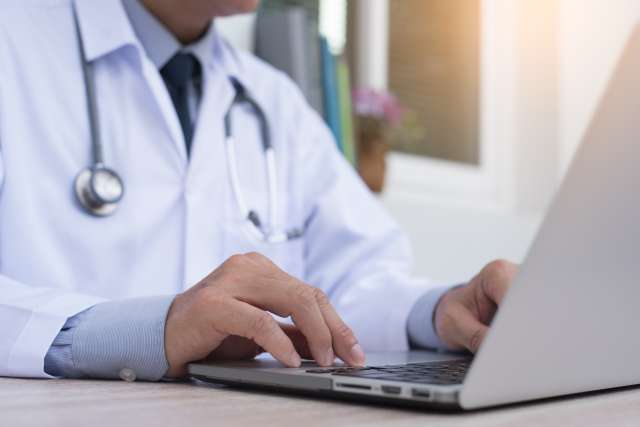Dear Doctors: I have back pain that my co-worker thinks might be due to a herniated disk. She had one, and our symptoms are similar, including numbness down my leg. She got hurt carrying moving boxes, but I haven’t done any heavy lifting. How does a herniated disk happen? What’s the treatment?
Dear Reader: To talk about herniated disks, we need to start with the spine, which is a remarkable feat of engineering. The spine is strong enough to support the upper body, yet also flexible enough to allow for a wide range of movement. It’s light enough not to be a physical burden, but also sturdy enough to protect the spinal cord, which runs through its central core.
However, thanks to our upright posture and the effects of gravity, the spine is also uniquely susceptible to injury. And that’s where your question about herniated disks comes into play.
We refer to the spine as a single unit, but in reality, it’s a collection of 33 separate bones. Known as vertebrae, each has a hollow central core. When stacked atop each other, they form a narrow channel known as the vertebral canal. The spinal cord, along with the tissues and fluid that encase it, runs through this canal. So do 31 pairs of spinal nerves, which exit the spine at various points.
Crucial to the strength and stability of this structure are the spinal disks. These are tough and rubbery pads with a soft gel-like core, which sit between the vertebrae. Spinal disks make it possible for us to lean, tilt and rotate the upper body. They also serve as shock absorbers during activities such as running and jumping.
A herniated disk, also known as a slipped disk, occurs when something forces its gelatinous center to protrude beyond the tough outer casing. A common cause is using the muscles of the back rather than the legs and core when lifting. Poor alignment when standing, twisting or turning, being overweight, overuse and age-related wear also increase the risk of a tear or rupture. The lower back is the most common site of a herniated disk; however, this type of injury can occur anywhere along the spine.
Symptoms often include pain, tingling or numbness, which may radiate away from the affected area. These can worsen when standing, sitting or with movement, which can apply torque and pressure to the spine. A herniated disk in the lower back may cause the numbness in the leg and thigh that you described. In some cases, the resulting pressure on the surrounding nerves can lead to muscle weakness.
Diagnosis begins with information about the individual’s recent physical activity or stressors. It also typically includes a physical exam, with a special focus on pain, weakness in the limbs and any other sensory changes. In some cases, imaging tests of the spine may be requested.
In most cases, a few weeks' rest -- along with the use of anti-inflammatories or pain medications -- are adequate treatment. In rare cases, surgery may become an option. Instruction on good ergonomic practices when standing, sitting and lifting may help prevent future injury.
(Send your questions to [email protected], or write: Ask the Doctors, c/o UCLA Health Sciences Media Relations, 10960 Wilshire Blvd., Suite 1955, Los Angeles, CA, 90024. Owing to the volume of mail, personal replies cannot be provided.)




